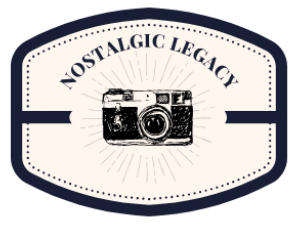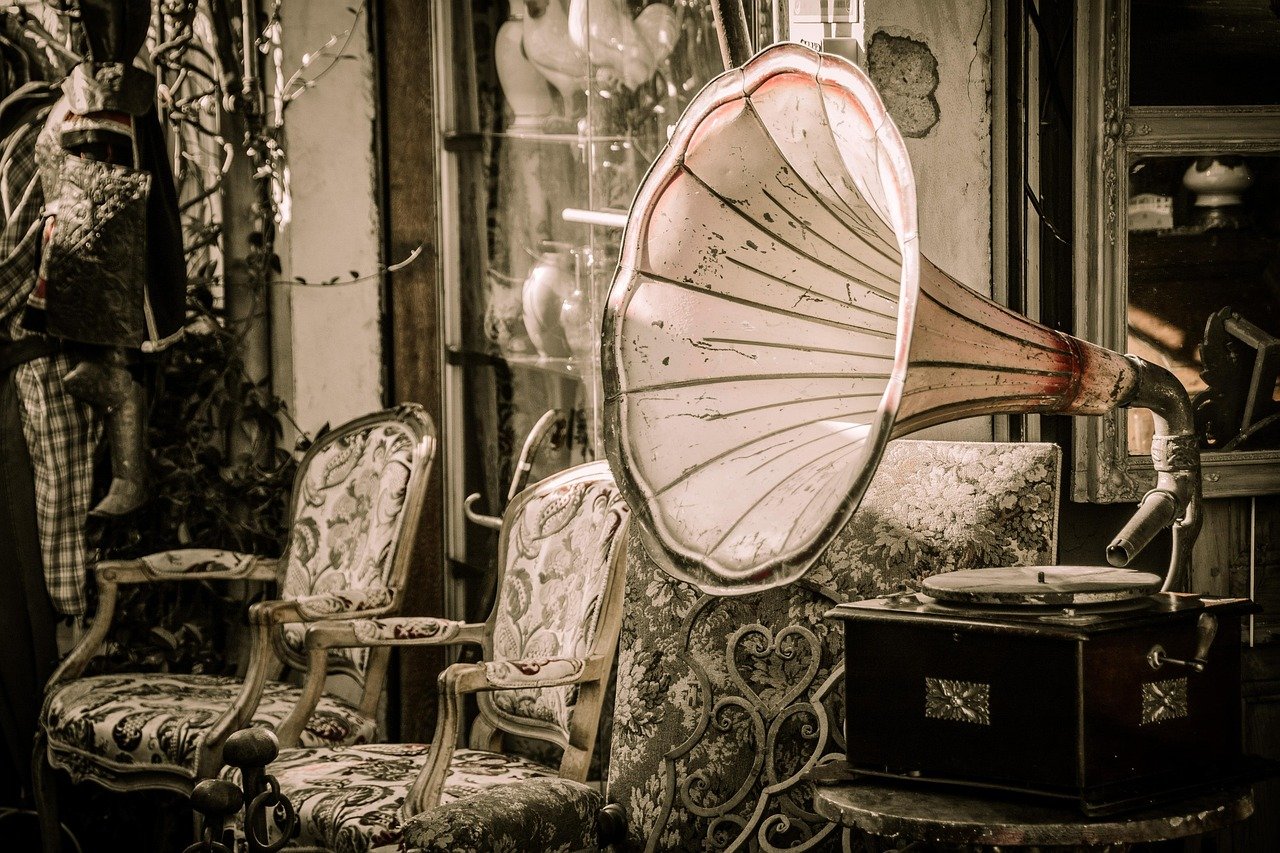Instant Flashback With Just One Note
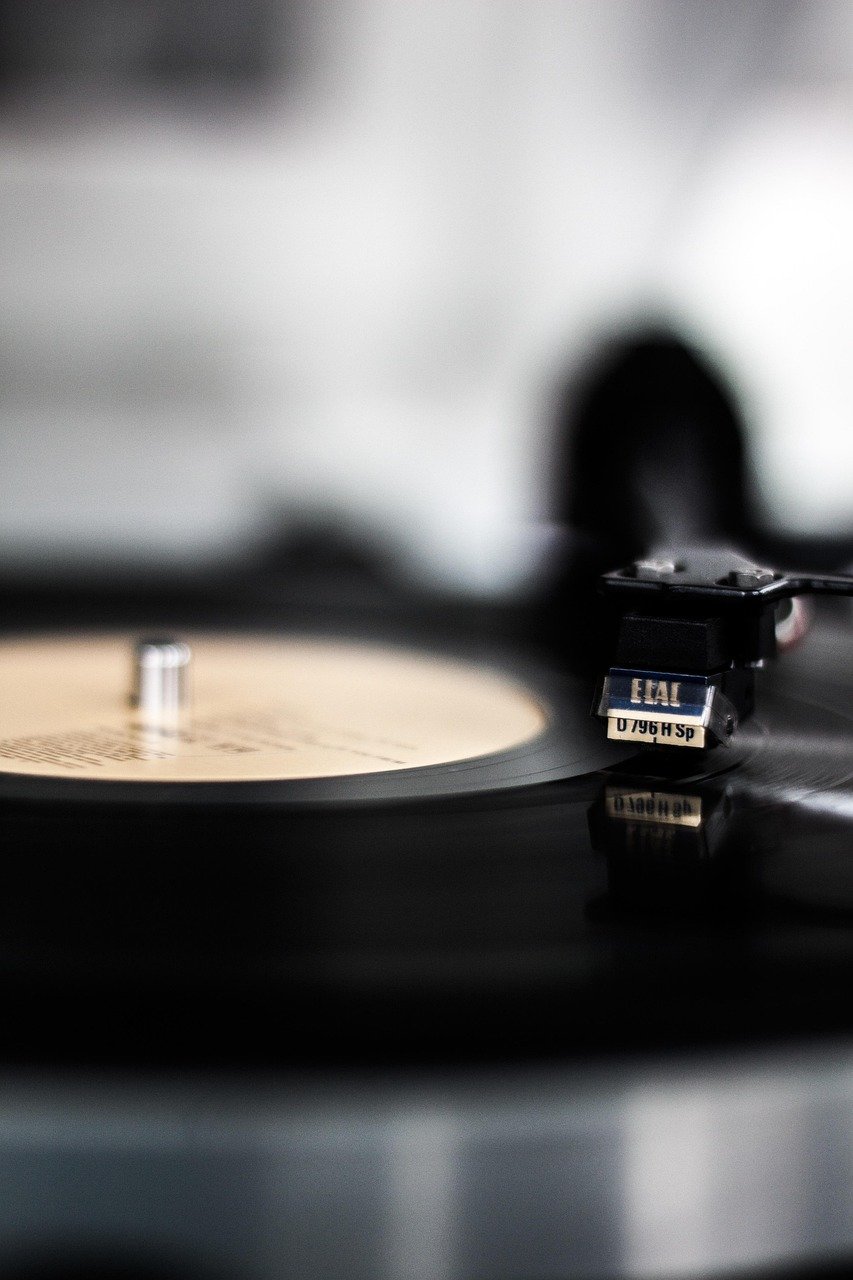
It’s almost shocking how a single note or lyric can yank you straight back to the living room floor in 1987. One moment you’re scrolling your phone, and the next you’re singing “I’d Like to Buy the World a Coke” out loud, like some kind of time-traveling jukebox. This isn’t just a party trick—these jingles are emotional rocket ships, launching memories you didn’t even know you’d kept. There’s something magical about how they unlock the smell of popcorn, the comfort of cartoons, and the warmth of family all at once. The feeling isn’t just nostalgia—it’s like a superpower, connecting generations with a single, unforgettable tune. In 2025, these melodies are echoes of childhood, quietly pulsing beneath the noise of modern life. The power of a jingle is proof that some memories really do live forever.
Secrets Hiding In Catchy Melodies
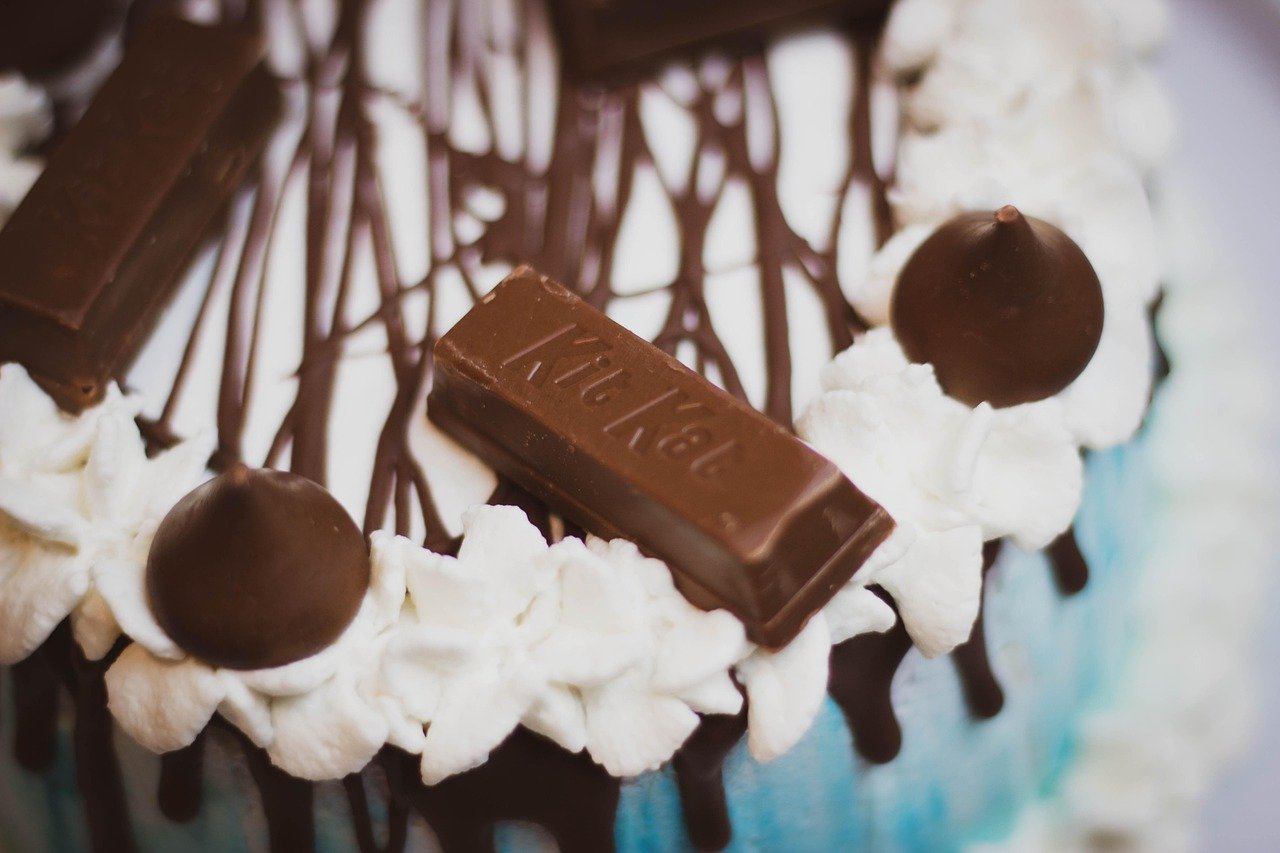
’80s jingles weren’t just songs—they were engineered to stick. Take the “My Buddy” or “Kit-Kat” tunes: their melodies are so simple you could hum them half-asleep. Psychologists call this an “earworm”—a tune so catchy it burrows into your mind and refuses to leave. Songwriters back then used repetition and bright, bouncy notes to make sure you’d remember their product long after the commercial ended. Some experts say these melodies tap into the same memory centers as childhood lullabies. Studies in 2025 still show that tunes with simple intervals and repetition are more likely to be remembered decades later. It’s no wonder you can’t shake “Gimme a break, gimme a break.” These tunes are like little memory magnets, and they’re not letting go anytime soon.
When Repetition Becomes a Memory Machine
If you ever felt like you heard the same jingle a hundred times, you weren’t imagining it. ’80s advertisers were masters of repetition—playing their catchy creations during every commercial break, morning and night. The more we heard those tunes, the more they became part of our family soundtrack. Even today, psychologists confirm that repeated exposure is one of the strongest tools for building long-term memory. There’s a reason you can recite the “Oscar Mayer Wiener” song but can’t remember what you had for lunch last Tuesday. The constant echo of these jingles built a kind of mental muscle memory, turning simple ads into lifelong companions. In 2025, that repetition still works its magic every time an old ad resurfaces online or in conversation.
Emotional Ties That Refuse to Fade
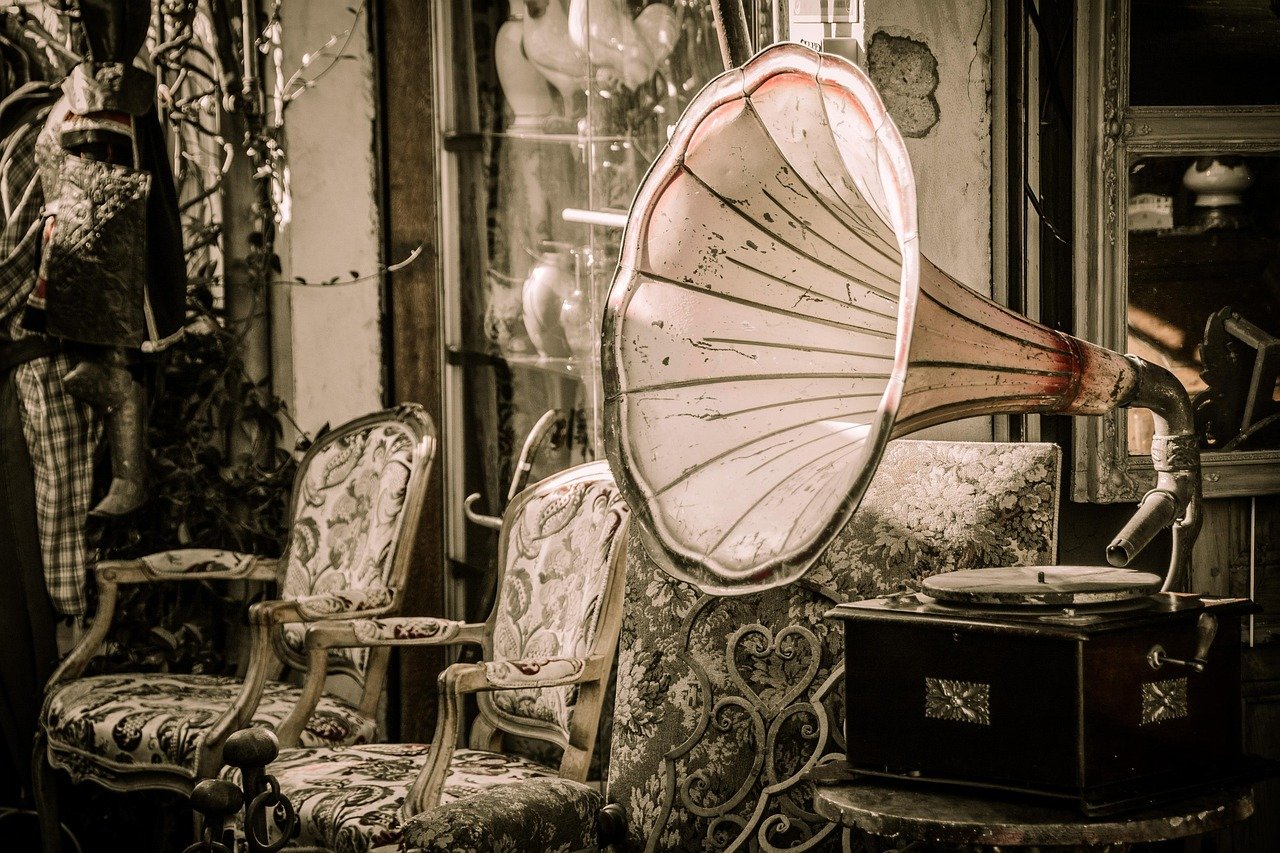
A jingle is never just a tune—it’s a ticket back to a moment. Maybe it’s the sound of the “Meow Mix” song drifting from the kitchen while your mom made dinner. Or the cheer of the Chia Pet jingle during a holiday morning. These memories are embroidered with emotion, making the tunes unforgettable. Scientists call this “emotional encoding”—when feelings get stitched to sounds, memories last longer. Even in 2025, hearing those jingles can trigger a rush of warmth, laughter, or even longing for simpler days. It’s not just nostalgia—it’s a living, breathing connection to our past selves and the people we loved. These emotional bonds are why the songs linger, long after the products fade from store shelves.
Television’s Golden Age of Sonic Branding
Back in the ’80s, TV was king—there was no skipping commercials or muting the ads. That meant millions of people all heard the same jingles, at the same time, every week. Classics like “Plop Plop Fizz Fizz” or “I’m a Toys ’R’ Us Kid” became shared experiences, woven into the cultural fabric. The sheer saturation of these ads created a universal language—one that still sparks instant recognition in 2025. Those commercial breaks weren’t just interruptions; they were a kind of national campfire, with jingles as the campfire songs. Today’s fragmented media landscape can’t compare to that communal experience, which is why ’80s jingles still stand out in our memories.
Retro Culture Makes the Old Feel New Again
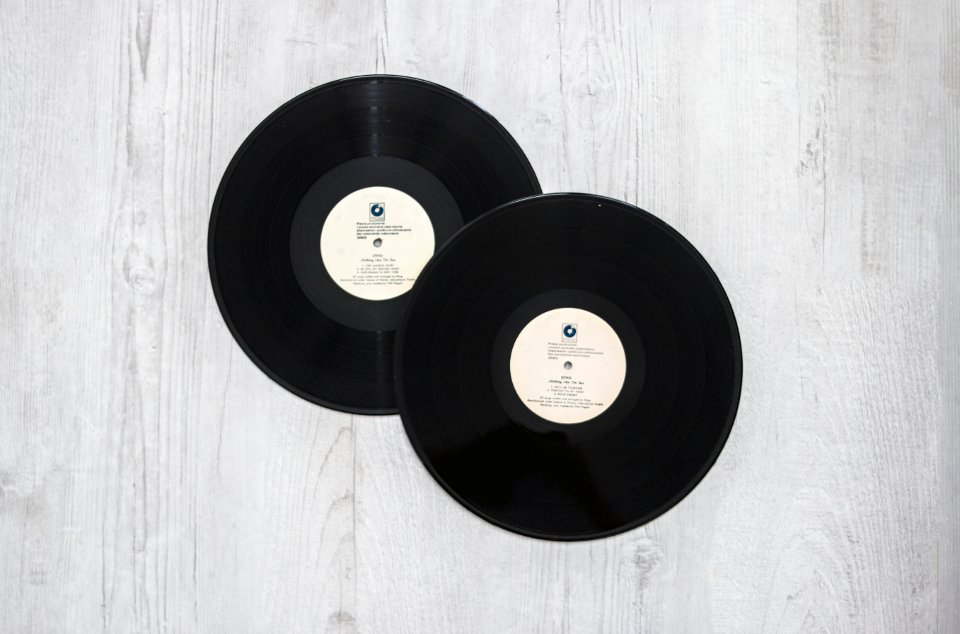
It’s wild how what’s old becomes new again. The retro wave sweeping through 2025 means we’re not just remembering these jingles—we’re reliving them. Brands are bringing back their classic tunes, remixing them for new generations and sparking viral trends on social media. Kids who never saw the original commercials are now humming along thanks to TikTok and YouTube. For older generations, it’s a sweet reminder of childhood. For younger ones, it’s a discovery—proof that a great tune never really dies. This retro revival keeps the spirit of the ’80s jingles alive, making them as fresh and infectious as ever.
The Brain Science Behind a Lasting Jingle
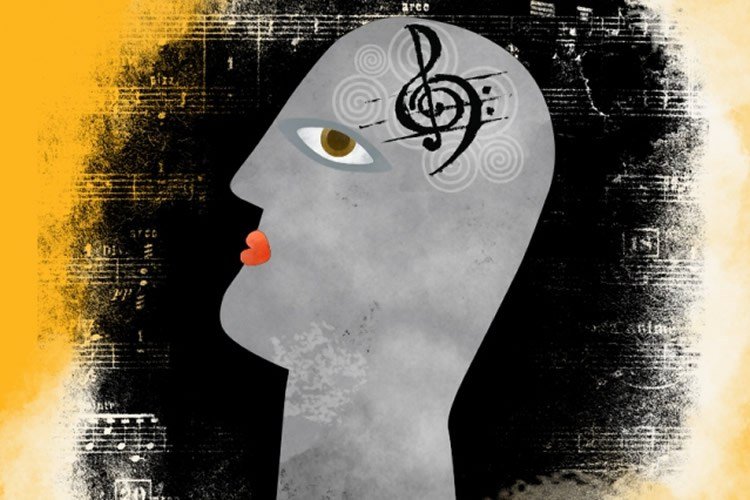
There’s real science lurking behind every catchy tune. Studies show that music activates more parts of the brain than almost any other activity. Jingles, with their mix of melody, rhythm, and repetition, create a perfect storm for memory. Researchers in 2025 still find that familiar tunes trigger a flood of dopamine—the “feel good” chemical—making the memories even stronger. It’s the same reason people with memory loss can often recall song lyrics from decades ago. ’80s jingles are like musical keys, unlocking memories that words alone can’t reach. This built-in staying power is why they’re still with us, outlasting so many other trends.
Mini-Stories Hidden in Every Commercial Break
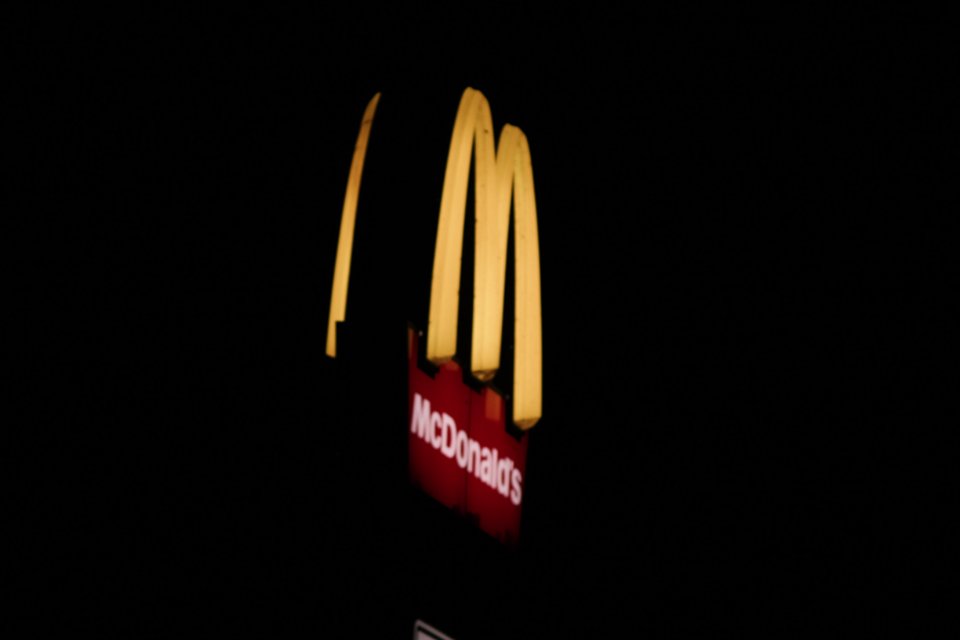
Every jingle comes with a personal story. Maybe you sang along to “I’m Stuck on Band-Aid Brand” every time you got a scrape, or you begged for McDonald’s after hearing “You Deserve a Break Today.” These aren’t just ads—they’re the soundtrack to first sleepovers, Saturday morning cartoons, and family road trips. On NostalgicLegacy.com, readers share their own flashbacks, proving just how universal these memories are. In 2025, talking about these jingles isn’t just fun—it’s a way to connect, laugh, and remember together. Each tune is a tiny time capsule, filled with stories waiting to be shared.
Social Media’s Surprising Role in Keeping Them Alive
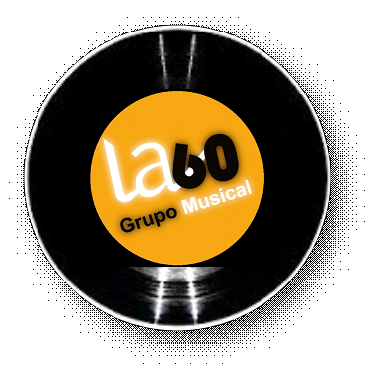
You might think the internet would erase the old, but it’s actually doing the opposite for ’80s jingles. Platforms like Instagram, TikTok, and YouTube are packed with retro ad compilations, reaction videos, and remixes. Users challenge each other to finish the lyrics or guess the commercial in seconds. This social buzz keeps the jingles fresh, turning them into viral nostalgia hits all over again in 2025. Even celebrities and brands get in on the action, reviving old campaigns for a new audience. The online world has become a digital playground for memory, proving these tunes are far from forgotten.
Some Memories Are Meant to Stay
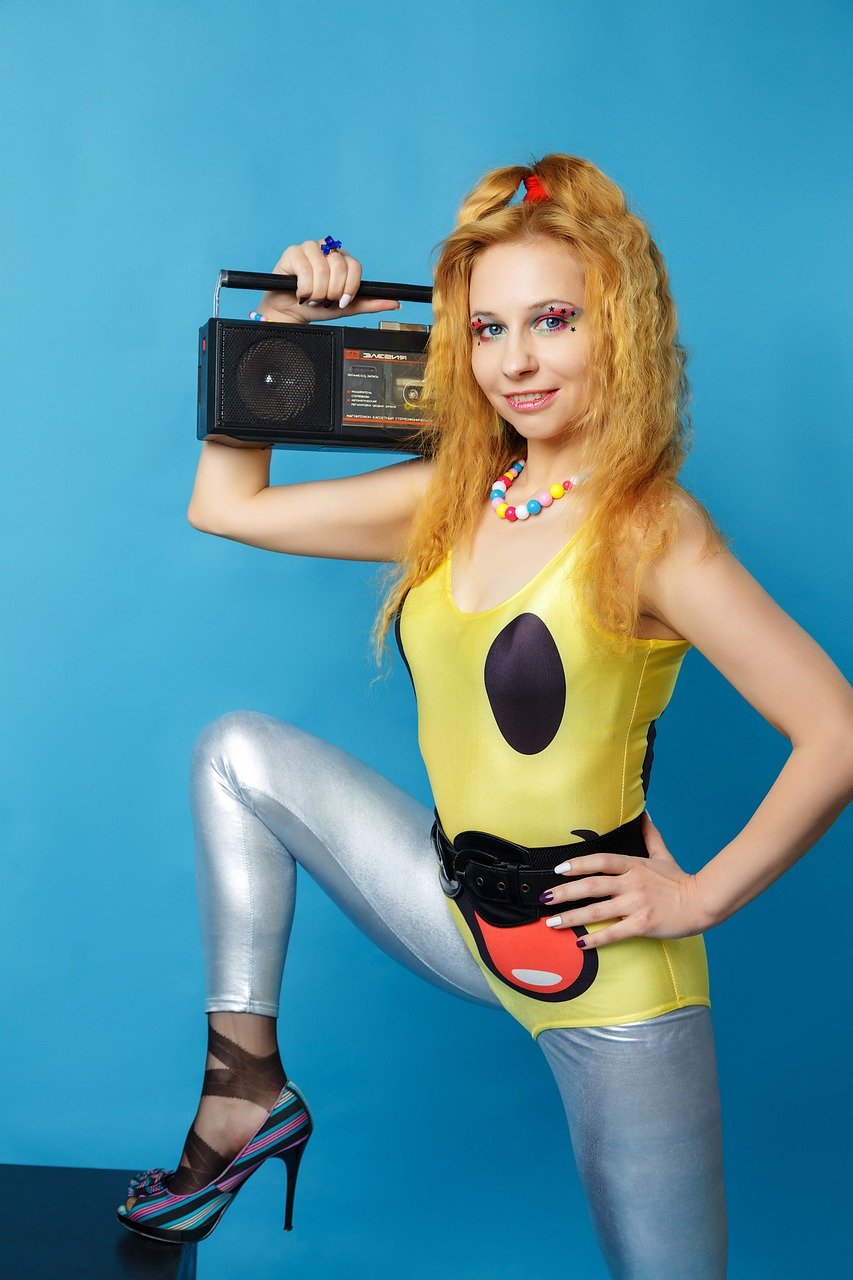
In a world obsessed with the next big thing, ’80s jingles remind us that some things are simply unforgettable. Their melodies are more than background noise—they’re emotional bookmarks, holding our favorite moments in place. The fact that you’re still humming “Double your pleasure, double your fun” in 2025 isn’t an accident. It’s a testament to the power of music, memory, and a shared pop culture legacy that refuses to fade.
